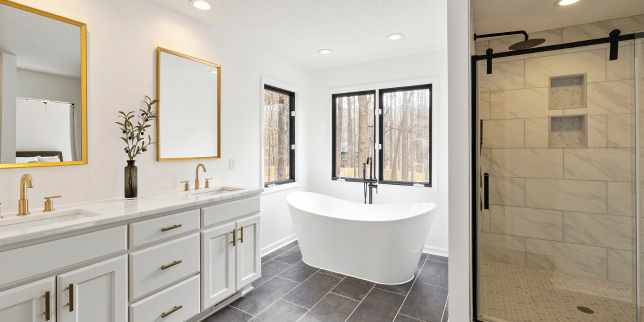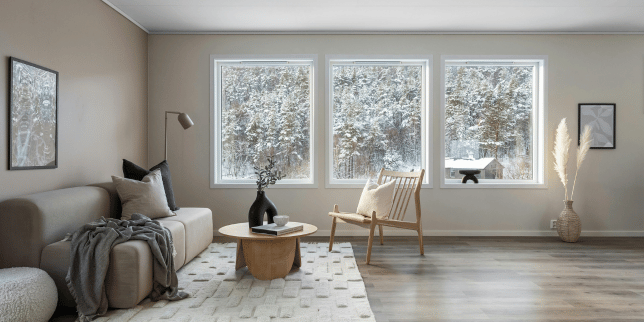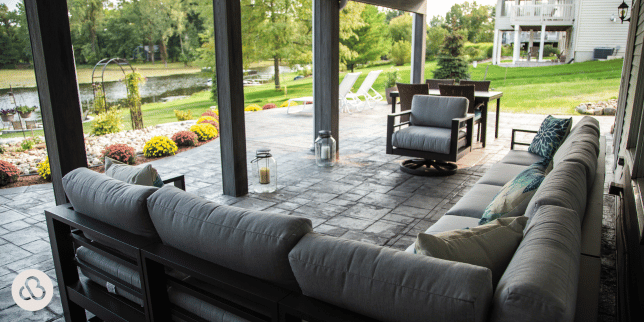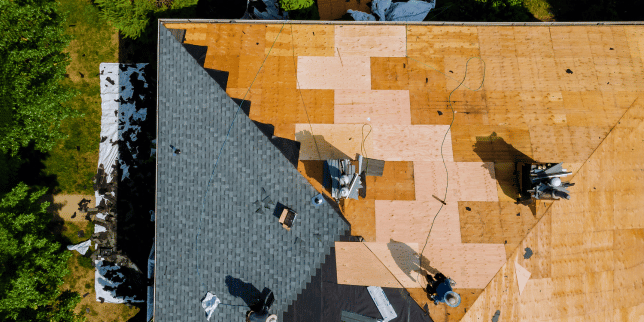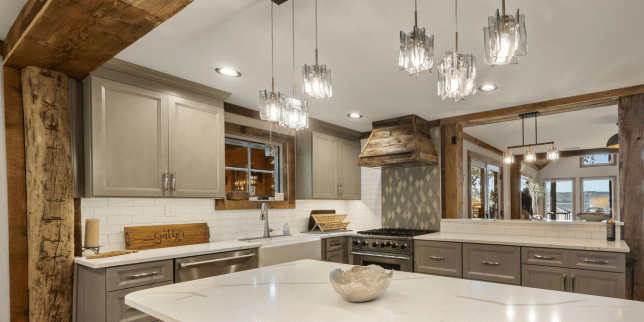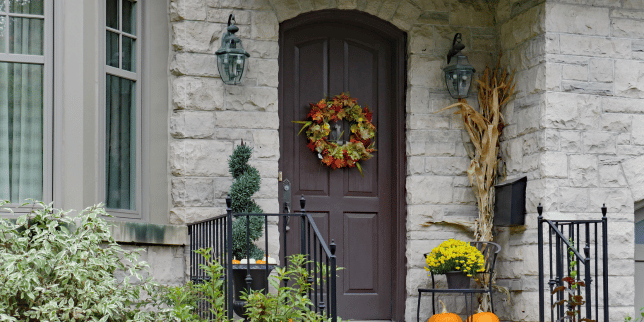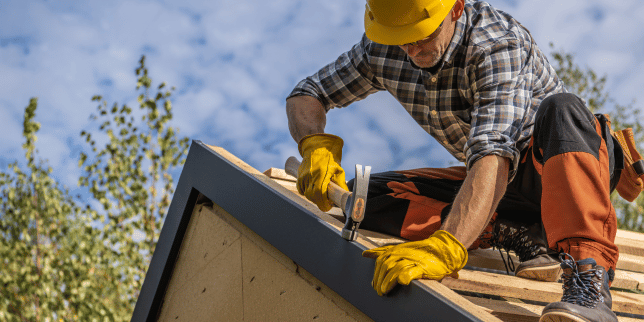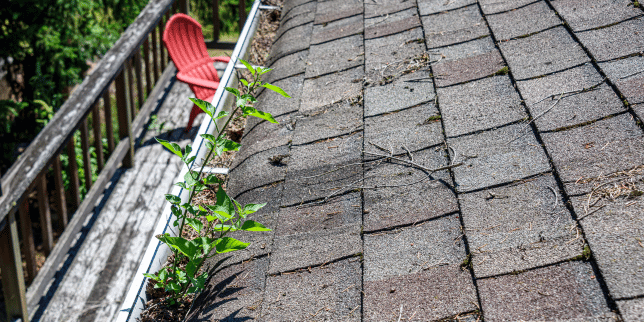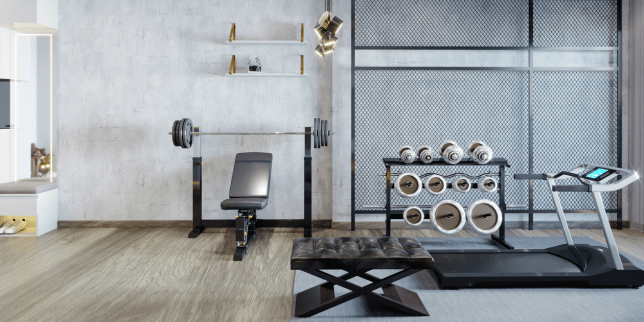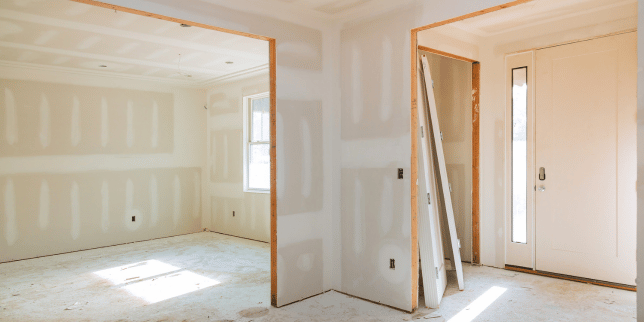Terms You Should Know for Your Window Replacement Project
March 11th, 2024
5 min read
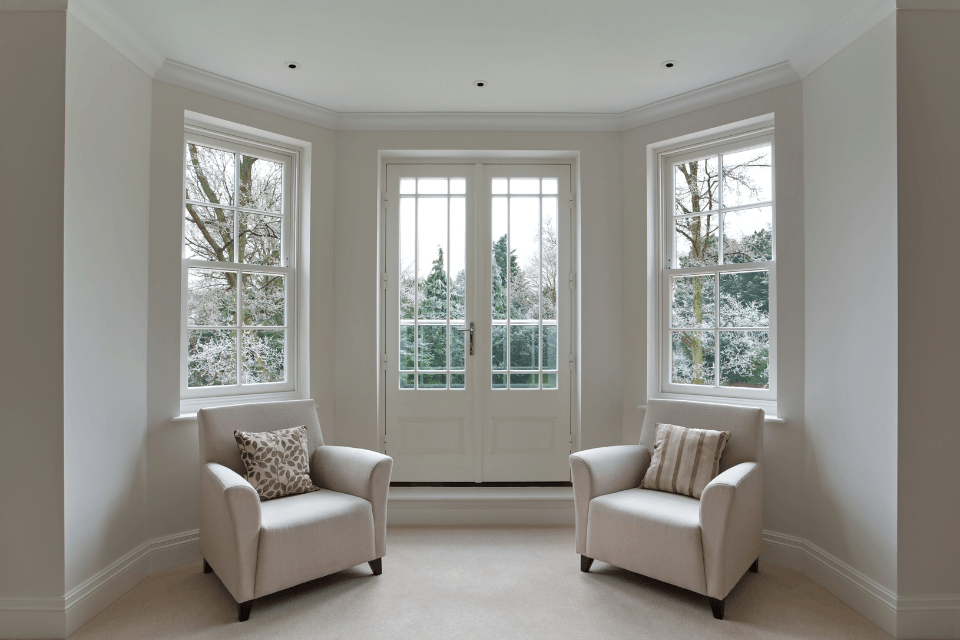
Are you planning a window replacement project but feeling overwhelmed by the technical jargon? Understanding the terminology associated with your renovation can make the process much smoother.
With 15+ years of remodeling experience, we know understanding industry jargon is important for clear communication and making informed decisions.
In this guide, we'll break down the key terms you need to know to navigate your window replacement project:
Window Styles
Knowing the different window styles is essential because it affects how your windows look, work, and fit in with your home's aesthetic. Familiarize yourself with the seven most installed window styles to choose the perfect design for your home:
1. Slider
Windows that slide horizontally to open.
These windows are great for:
- Easy operation
- Modern aesthetics
- Unobstructed views
Typically, they are installed in:
- Kitchens
- Bedrooms
- Living rooms
- Areas with limited space for outward-opening windows
2. Awning
Windows hinged at the top that open outward from the bottom.
These windows are great for:
- Privacy
- Contemporary design
- Ventilation in any weather
Typically, they are installed in:
- Kitchens
- Bathrooms
- Basements
- Areas requiring ventilation without compromising privacy
3. Bay or Bow
Design projected outward from home, creating more space.
These windows are great for:
- Adding visual appeal
- Increasing natural light
- Creating additional space
Typically, they are installed in:
- Dining areas
- Living rooms
- Areas where panoramic views and architectural features are desired
4. Single Hung
Windows with a fixed upper sash and a movable lower sash.
These windows are great for:
- Energy efficiency
- Easy maintenance
- Increasing natural light
Typically, they are installed in:
- Bedrooms
- Living rooms
- Areas where a classic look with vertical operation is preferred
5. Double Hung
Windows featuring two sashes that slide vertically for enhanced ventilation.
These windows are great for:
- Easy cleaning
- Classic aesthetics
- Versatility in ventilation
Typically, they are installed in:
- Bedrooms
- Living rooms
- Areas where both top and bottom sashes can be opened for airflow
6. Picture
PC: Marvin
Fixed windows designed to offer unobstructed views without ventilation capabilities.
These windows are great for:
- Unobstructed views
- Maximizing natural light
- Architectural focal points
Typically, they are installed in:
- Dining areas
- Living rooms
- Areas where scenic views are prominent and ventilation is not a primary concern
7. Casement
Windows hinged on one side that open outward with the help of a crank mechanism.
These windows are great for:
- Tight seals
- Modern aesthetics
- Maximizing natural light
Typically, they are installed in:
- Kitchens
- Bedrooms
- Areas where optimal airflow and energy efficiency are desired
Window Pane Options
Choosing the right window pane is vital for energy efficiency, noise reduction, and comfort. Explore the nuances of each option to select the right one that aligns with your performance requirements.
- Single-Pane: Single glass pane provides minimal insulation and noise reduction.
- Double-Pane: Two panes of glass with a sealed airspace between them for improved energy efficiency and sound insulation.
- Triple-Pane: Three layers of glass for enhanced thermal performance. This option is ideal for climates with extreme temperatures.
Energy Efficiency Ratings
When picking out new windows, it's important to look at their energy efficiency ratings. Learn how to interpret these ratings to make informed choices for your home.
- U-Factor: A measure of how well a window prevents heat from escaping, with lower values indicating better insulation.
- Solar Heat Gain Coefficient (SHGC): Indicates the amount of solar radiation transmitted through a window. Lower values show better heat blockage.
- Energy Star Certification: Window meets energy-saving standards from the Environmental Protection Agency (EPA). This helps save on energy costs.
Disclaimer: At Custom Built, we only install Energy Star windows to guarantee efficient results.
Frame Materials
The choice of frame material impacts your windows' durability, maintenance, and aesthetics. Explore the most popular frame options below:
- Vinyl: Low-maintenance and cost-effective material is known for its durability and insulation properties.
- Wood: Classic and versatile material. Offers timeless appeal and excellent insulation but requires more maintenance.
- Fiberglass: Durable and low-maintenance. Mimics the look of wood while offering superior longevity and energy efficiency.
- Aluminum: Lightweight and strong material with slim profiles. This is ideal for modern aesthetics and coastal areas prone to corrosion.
Installation Techniques
How your windows are installed affects how well and long they work. Learn about each method to make sure your window replacement goes well.
- Nail Fin: Flange attached to the window frame for secure attachment to the rough opening during installation. Used in new construction projects.
- Retrofit Installation: New windows are installed within the existing window frame. This is ideal for minimizing disruption and preserving interior finishes.
- Full-Frame Installation: Removes the entire existing window, frame, and trim. This allows for a complete replacement and potential structural improvements.
Hardware and Accessories
The parts on your windows help them work well and bolster security. Look into the different options for hardware and accessories to make your windows how you like them:
- Security Locks: Extra locking systems for enhanced security.
- Window Blinds or Shades: Coverings for privacy and light control.
- Window Grilles: Decorative grids installed between panes of glass.
- Weatherstripping: Seals installed around windows to prevent drafts.
- Crank Handles: Handles used to open and close casement windows.
- Sash Locks: Locking mechanisms to secure window sashes in place.
- Tilt Latches: Mechanisms that allow windows to tilt inward for easy cleaning.
- Window Screens: Mesh coverings that allow airflow while keeping insects out.
Low-E Coatings
Low-E coatings are thin layers put on window glass to save energy and keep your home comfy. They bounce back heat and block out harmful sun rays, helping to keep your place cooler and protect your furniture. Learn about different types of Low-E coatings, like soft and hard-coat, to choose the right ones for your windows.
- Low-E (low-emissivity): Coating on glass that reflects heat.
- Solar Control Low-E: Low-E coating designed to reduce solar heat gain.
- Soft-Coat Low-E: A type of low-E coating applied to the glass surface.
- Hard-Coat Low-E: Low-E coating fused to the glass during manufacturing.
- Spectrally Selective Low-E: Low-E coating that allows visible light while blocking heat.
- Passive Low-E: Low-E coating designed to maximize energy efficiency in passive homes.
- Triple Silver Low-E: Low-E coating with three layers of silver for enhanced energy efficiency.
- Double Silver Low-E: Low-E coating with two layers of silver for improved thermal performance.
Sound Transmission Class (STC)
PC: Vinyl Light Windows & Doors
Sound Transmission Class (STC) rates how well windows and other materials block noise. By checking STC ratings, you can pick windows that reduce outside noise, making your home quieter. Discover the most important STC terms below:
- Decibel (dB): Unit of measurement for sound intensity.
- Noise Reduction Coefficient (NRC): Measurement of how much sound a window absorbs.
- Soundproofing: Methods used to reduce or cut sound transmission through windows.
- Transmission Loss (TL): Measures how much sound is lost as it passes through a window.
- Acoustic Insulation: Materials used to absorb sound and improve indoor acoustics.
- Sound Transmission Class (STC): Measurement of a window's ability to reduce sound transmission.
- Outdoor-Indoor Transmission Class (OITC): Measurement of a window's ability to block outdoor noise.
- Noise Reduction Rating (NRR): Rating system that assesses the effectiveness of soundproofing materials.
Next Steps to Replacing Your Windows
You're not alone if you've been struggling with understanding window replacement terminology. Navigating the various terms and concepts while planning your project can be confusing and frustrating.
In this article, you learned more about the terms you should know for your window replacement project. Now, you can ensure your new windows meet your needs and preferences.
With 15+ years of remodeling experience, we understand the importance of clarity throughout a project.
Ready to take the next step in your window replacement project? Contact our team today to discuss your needs and schedule a consultation. We're here to help you easily and confidently achieve your window replacement goals.
Now that you know more about the terms you should know for your window replacement project, let’s explore how Custom Built will approach your project, the best exterior home improvement projects, and the most popular types of home additions in Michigan:
- Dream, Design, and Build: Our Remodeling Process - This guide details how we at Custom Built will approach your remodeling project.
- Top 5 Exterior Home Improvement Solutions in Michigan - Discover exciting ways to upgrade your home’s exterior with weather-resistant options.
- 5 Types of Home Additions You Can Build in Michigan - Explore the top home addition projects that’ll extend the interior functionality of your space and increase resale value.
Isabelle has worked at Custom Built for over 7 years, learning the systems from all sides. She has become an industry advisor in the customer relations software HubSpot, has a keen talent for elements of design, and currently leads the marketing team under the innovative TAYA system.
Topics:

















